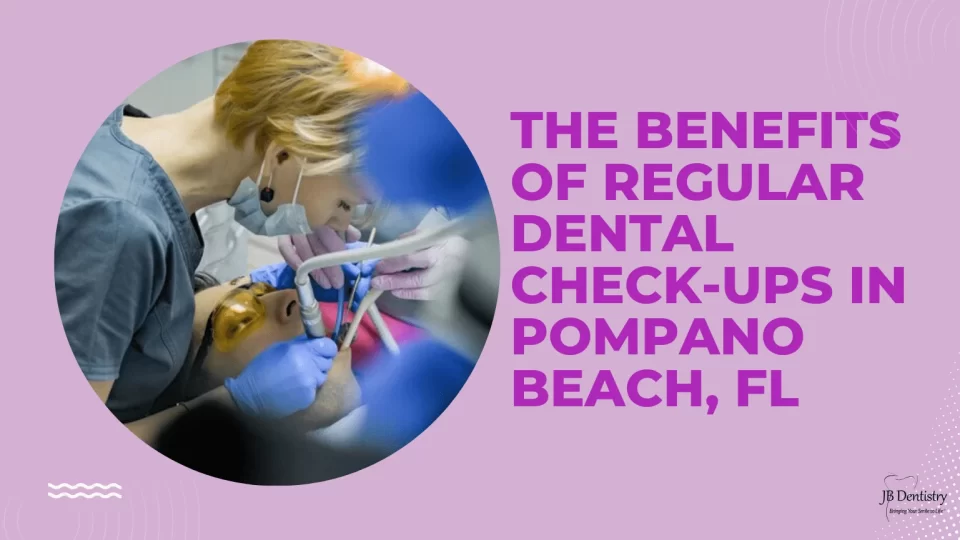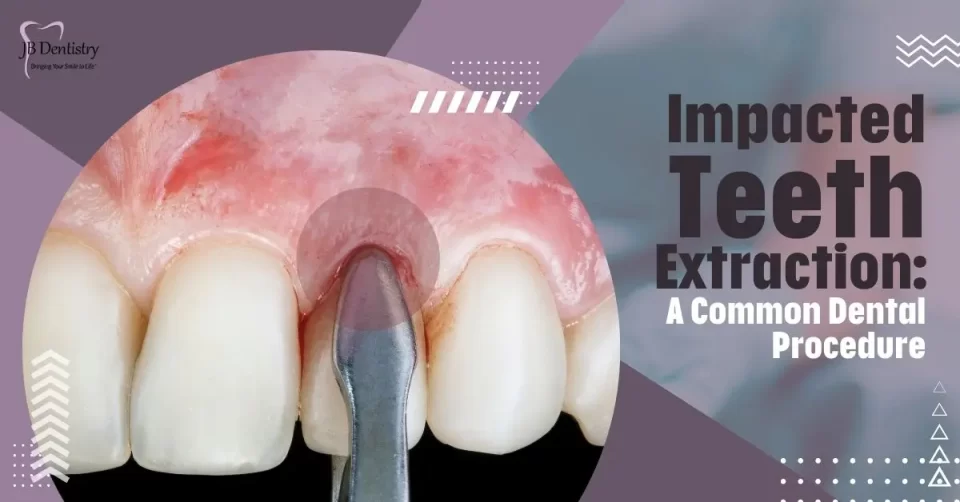When it comes to taking care of your teeth and ensuring a healthy smile, you might find yourself wondering whether to visit a general dentist or an orthodontist. Both play essential roles in dental care, but their specialties and services differ significantly. Being aware of these changes can help you pick the best option for your needs.
What Are The Main Differences Between A Dentist And An Orthodontist?
Understanding the key differences between a dentist and an orthodontist can help you make informed decisions about your dental care. Here’s a detailed look at their distinct roles and areas of expertise:
General Dentists:
- Scope of Practice: General dentists are your primary care providers for dental health. They manage a wide range of routine services, including preventive care, diagnostics, and treatment for common dental issues.
- Routine Services: Dentists perform essential services such as cleanings, fillings, root canals, crowns, bridges, and tooth extractions. They also handle gum disease treatments and provide advice on maintaining oral hygiene.
- Overall Health Focus: Their goal is to keep your teeth and gums healthy, address any existing dental problems, and prevent future issues. They are trained to manage general oral health and provide solutions for everyday dental concerns.
Orthodontists:
- Specialized Training: Orthodontists are dental specialists who undergo additional years of training beyond dental school. This specialized education focuses on orthodontics, which involves the study and treatment of tooth and jaw alignment.
- Specialized Services: Orthodontists are experts in correcting misaligned teeth and bite issues. They use appliances such as braces, clear aligners (like Invisalign), and retainers to address complex alignment issues, including crooked teeth, overbites, underbites, and gaps.
- Alignment and Bite Correction: Their primary focus is on ensuring that teeth are properly aligned and that the bite is corrected for both functional and aesthetic improvements. They develop detailed treatment plans to achieve optimal alignment and jaw function.
In summary, while general dentists handle a broad range of dental care and maintenance, orthodontists specialize in the alignment of teeth and bite correction, offering targeted solutions for specific orthodontic issues.
When Should You Visit A Dentist Instead Of An Orthodontist?
For most people, regular visits to a general dentist are the foundation of good oral health. You should visit a dentist for routine check-ups, cleanings, and treatment of common dental problems. If you’re experiencing issues like tooth decay, gum disease, or a dental emergency, your dentist is the appropriate professional to see. They can provide a comprehensive evaluation of your dental health and recommend the necessary treatments.
However, if your concerns involve the alignment of your teeth or bite issues, it’s time to consider an orthodontist. While some general dentists are skilled in basic orthodontic procedures, such as fitting retainers or minor adjustments, an orthodontist has advanced training and expertise in more complex cases.
If your dentist identifies alignment issues that could benefit from braces or other orthodontic treatments, they may refer you to an orthodontist for a more specialized approach.
What Services Does An Orthodontist Provide That A Dentist Does Not?
Orthodontists offer a range of specialized services that go beyond the scope of a general dentist’s practice. One of the primary services is the fitting and management of braces. Braces are used to correct misaligned teeth and jaws, and orthodontists are skilled in customizing these devices to address specific alignment issues.
Another service provided by orthodontists is the use of clear aligners, such as Invisalign. These are a popular alternative to traditional metal braces and involve a series of custom-made, clear plastic trays that gradually shift your teeth into the desired position. Orthodontists are experts in planning and monitoring the progress of these treatments to ensure optimal results.
Orthodontists also handle more complex cases involving jaw alignment issues. Conditions like temporomandibular joint (TMJ) disorders, severe overbites or underbites, and other structural problems may require orthodontic intervention. Orthodontists use advanced diagnostic tools and techniques to create treatment plans that address these issues, which may involve a combination of braces, aligners, and other appliances.
How Do You Choose Between A Dentist And An Orthodontist For Your Dental Care?
Choosing between a dentist and an orthodontist depends largely on your specific needs. If your concern is related to general dental health, such as tooth pain, gum issues, or routine cleanings, a dentist is the professional to see. They provide essential care for maintaining overall oral health and managing common dental problems.
If you are interested in improving the alignment of your teeth or correcting bite issues, an orthodontist should be your choice. Orthodontists have specialized training to handle cases that require detailed adjustments and long-term management. If you are unsure whether you need orthodontic treatment, a consultation with your dentist can be helpful. They can assess your situation and refer you to an orthodontist if necessary.
Both dentists and orthodontists play crucial roles in maintaining and enhancing your oral health. By understanding the differences between these professionals and knowing when to seek each one’s expertise, you can ensure that your dental needs are met effectively and appropriately.
Whether you’re managing routine dental care or seeking solutions for alignment issues, knowing whom to consult can lead to better outcomes and a healthier, more confident smile.
Frequently Asked Questions
How Much Does It Cost to See an Orthodontist Compared to a Dentist?
The cost of dental care can vary widely depending on the type of service and your location. Generally, a visit to a general dentist for routine check-ups and cleanings might range from $75 to $200 per visit. More complex procedures, such as crowns or fillings, can cost between $500 and $2,000, depending on the materials used and the extent of the work required.
There is a higher price tag for orthodontic treatments like braces and clear frames because they are more specialized. The cost for traditional braces generally ranges from $3,000 to $7,000, while clear aligners like Invisalign can cost between $4,000 and $8,000. Many orthodontists offer flexible payment plans to help manage these costs.
Do Insurance Plans Cover Orthodontic Treatments?
Especially for kids and teens, a lot of dental insurance plans pay for some or all of orthodontic care. Coverage varies by plan, so it’s important to talk to your insurance company about what your benefits are and what costs you may have to pay out of pocket.
How Can I Determine If I Need a Dentist or an Orthodontist?
If you’re unsure whether you need a general dentist or an orthodontist, start with a visit to a general dentist. They can evaluate your overall oral health and provide recommendations or referrals to an orthodontist if your situation requires specialized care.
Schedule Your Consultation Today!
Ready to take the next step in achieving a healthier, more beautiful smile? Contact us at JBDentistry to schedule your consultation and find out how we can help with all your dental needs, from routine care to advanced orthodontic treatments. Call us today and let’s make your dental health our priority!


